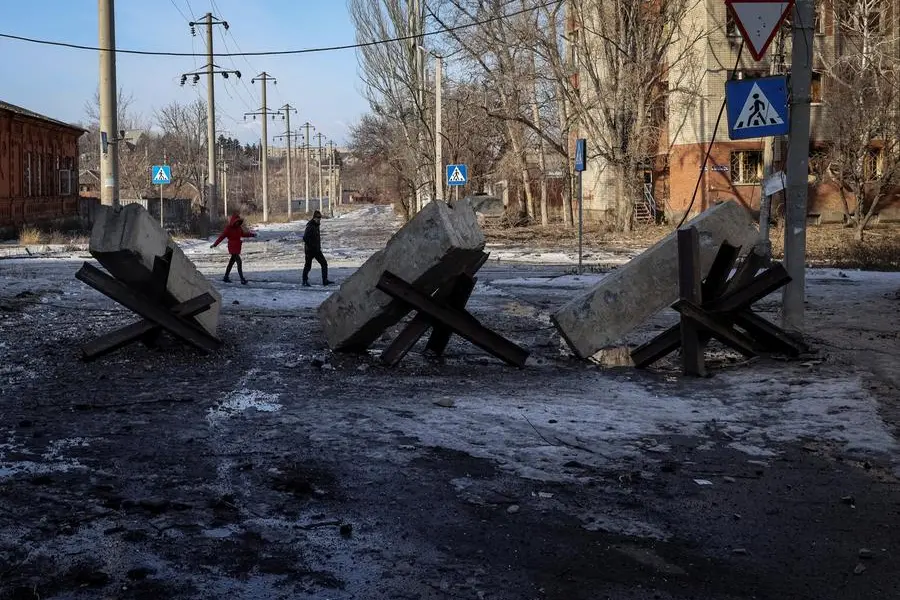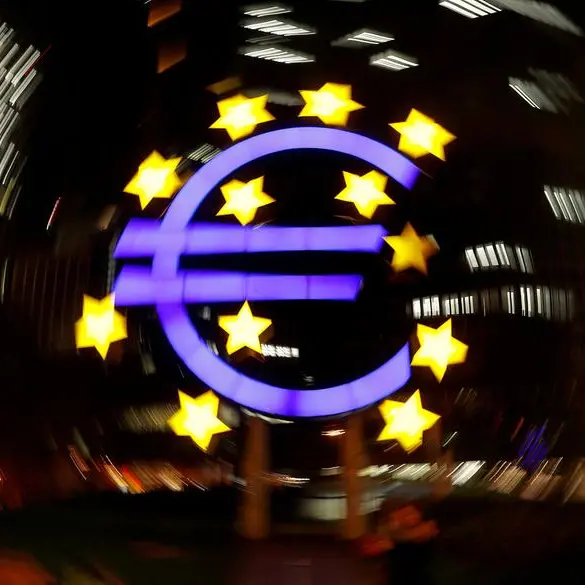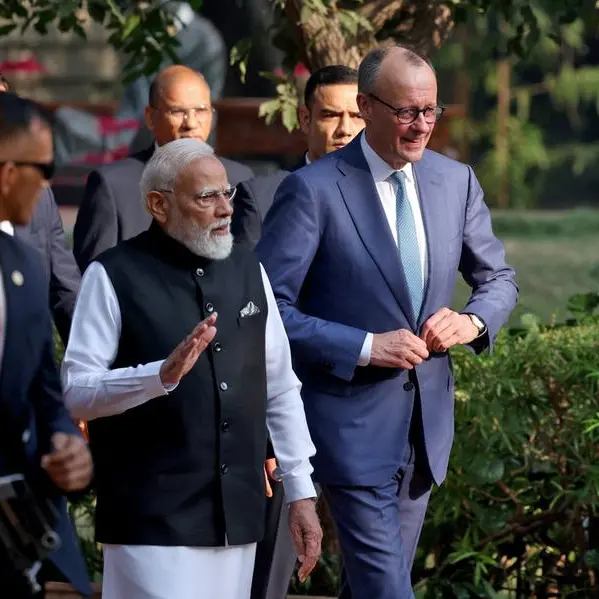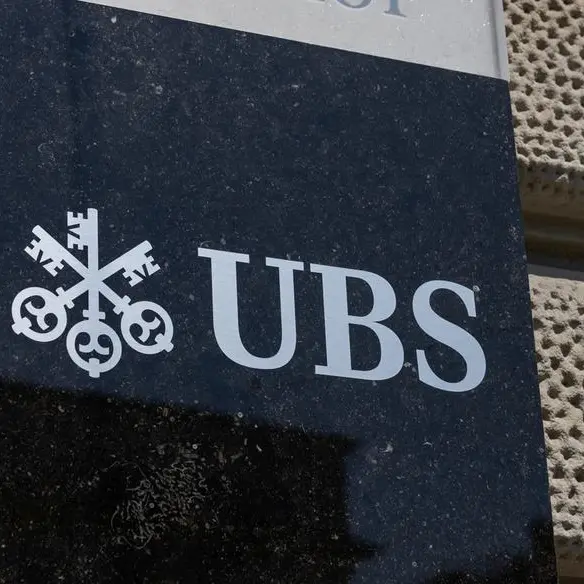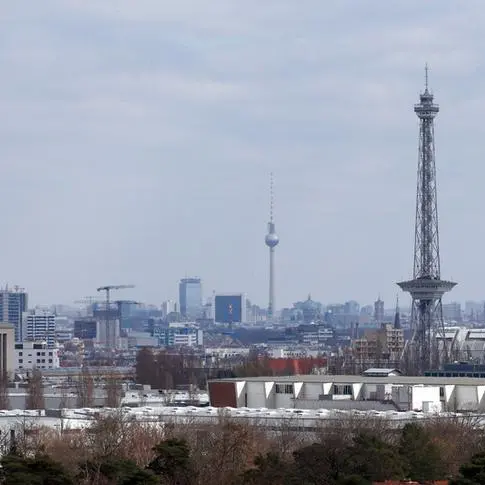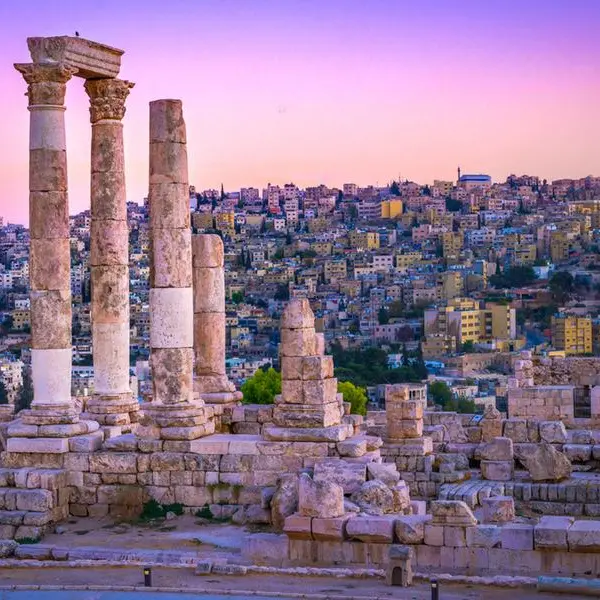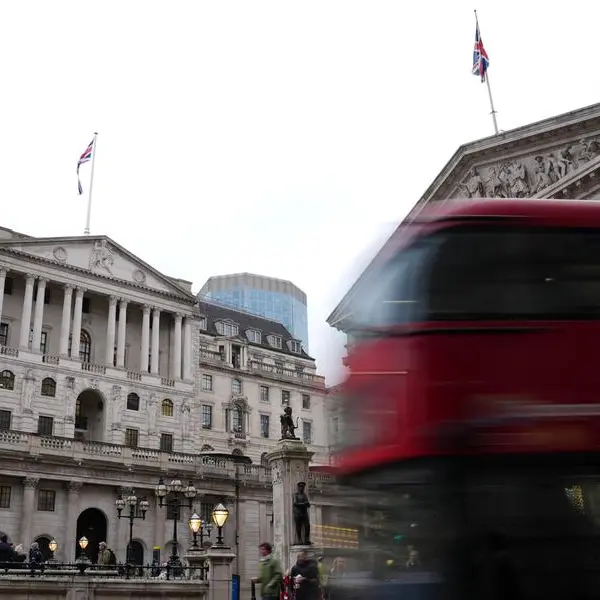PHOTO
BRUSSELS - Europe looks set to avert fuel shortages and end this winter in a position that, while not exactly comfortable, looks far better than was feared last autumn, after Russia curbed gas pipeline supplies dramatically.
One year on from Russia's invasion of Ukraine, here is how European Union countries are coping with tight energy supplies and soaring prices:
CRISIS AVERTED?
In the months after invading Ukraine, Moscow cut off an estimated 80% of the gas it had previously piped to Europe. By the end of the year, Russian exports had fallen from around 40% of EU gas supply to less than 10%, the lowest level since the 1980s.
For some countries, the drop has been starker. Germany, which got half of its gas from Russian pipelines in 2021, now gets none.
The shock left countries scrambling to buy alternative fuel and pushed energy prices to record levels, inflating households bills and forcing some industries to halt production.
But the EU has replaced a large chunk of imports from Russia with alternatives, and set aside enough gas to be in a strong position to prepare for next winter, although risks remain.
EU-wide gas storage is now 63% full, Gas Infrastructure Europe data shows, which is more than 30 percentage points higher than the same time last year.
Gas prices fell below 50 euros per megawatt hour this month for the first time since before Russia's invasion, having peaked last August at nearly 350 euros/MWh.
REPLACING RUSSIAN GAS
In some ways, EU countries were lucky.
COVID-19 lockdowns suppressed China's demand for liquefied natural gas, freeing up LNG that European companies snapped up.
EU countries replaced some 70 billion cubic metres (bcm) of lost Russian pipeline gas from other sources. Moscow had sent the EU around 155 bcm of gas per year before the war.
LNG imports to the EU and Britain jumped by nearly 70% in 2022 from sources including the United States and Qatar, after EU leaders toured suppliers to source more fuel.
Europe did secure that extra supply at sky-high prices - and sometimes at the expense of poorer countries. Pakistan and Bangladesh suffered power cuts last year after having to slash their LNG imports when European demand inflated prices.
Meanwhile, EU members added record amounts of renewable energy, reducing their need for imported fossil fuels.
European coal-fuelled power generation also climbed by 7% last year, potentially undermining climate goals, but the increase was smaller than many had feared.
USING LESS
In part, Europe avoided a crisis by simply using less gas.
The EU and member states introduced numerous emergency measures including binding EU-wide targets to fill gas storage 80% before winter, and a voluntary 15% cut in winter gas use.
EU gas consumption in 2022 was 13%, or 55 bcm, lower than in 2021 - the sharpest drop in outright gas use in EU history, according to the International Energy Agency (IEA).
Mild weather curbed gas use for home heating, while industrial demand plunged by 25% - half of it from companies curtailing their production, the IEA said.
Analysts say it is too early to say how much of the drop was prompted by government incentives rather than end-users curbing consumption because gas was simply too expensive.
RISKS REMAIN
While EU countries have avoided an energy security crisis, considerable risks remain.
Analysts say Europe's pivot away from Russian gas has likely cost Moscow its ability to trigger huge price spikes like those seen last year. But there are other risks, such as potential damage to infrastructure bringing gas to Europe from other suppliers.
Russia is still sending some gas to Europe - enough to total 20bcm this year if current flows remain stable, according to a European Commission analysis seen by Reuters.
If Moscow cut those deliveries, global LNG supply tightened because of increased Chinese demand, and next winter was unusually cold, Europe could find itself short of 40 bcm of gas, the IEA said.
This is, however, less than the 57 bcm shortfall the IEA had warned of in December, thanks to mild weather and policy action.
Healthy gas storage levels should cushion any supply shocks. But even when full, Europe's 100 bcm storage capacity only covers around a quarter of demand.
To insure against a shortage, governments will need to keep up efforts to save energy and do more to speed up the installation of renewable energy capacity and heat pumps.
The EU has pledged to quit Russian gas by 2027, and imposed sanctions on purchases of Russian coal and most Russian oil.
But there is one Russian energy source that it has yet to address - nuclear fuel. EU countries imported 20% of their natural uranium from Russia in 2020, the last year for which statistics are available.
(Reporting by Kate Abnett; editing by Nina Chestney)
